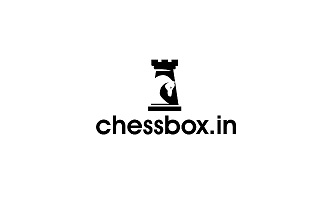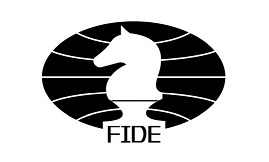Maximizing the effectiveness of knights in closed positions is a crucial skill for chess players aiming to navigate complex endgames and middle-game positions successfully. Knights, with their unique L-shaped movement, thrive in positions with restricted mobility, where their ability to bypass obstacles becomes a significant asset. In this comprehensive guide, we will explore various techniques for maximizing the effectiveness of knights in closed positions, including ways to access strong outposts, strategic considerations, and practical examples to illustrate key concepts.
Understanding Knights in Closed Positions
In chess, closed positions refer to positions with dense pawn structures, blocked files, or restricted diagonals, limiting the movement of pieces across the board. Knights, with their unique L-shaped movement, excel in such environments due to their ability to bypass obstacles and access squares that other pieces cannot reach.
Strengths of Knights in Closed Positions:
- Maneuverability: Knights can navigate through crowded positions, maneuvering around obstacles and accessing critical squares that other pieces cannot reach.
- Tactical Opportunities: In closed positions, knights often create tactical threats such as forks, pins, and skewers due to their unique movement patterns.
- Central Control: Knights can exert influence over central squares from the edges of the board, contributing to central control and supporting pawn breaks.
Limitations of Knights in Closed Positions:
- Limited Range: Knights have a limited range compared to bishops and rooks, making it challenging for them to exert influence over distant areas of the board.
- Vulnerability to Long-Range Attacks: Knights are susceptible to attacks from long-range pieces like bishops and queens, especially when positioned in exposed areas of the board.
- Struggles with Closed Pawn Structures: In positions with symmetrical or closed pawn structures, knights may find it challenging to create breakthroughs or exploit weaknesses.
Techniques for Maximizing Knight Effectiveness
1. Seeking Strong Outposts:
In closed positions, strong outposts are squares on the board where knights can establish a stable and influential presence. These outposts are typically located deep in enemy territory, often supported by friendly pawns and inaccessible to opponent pieces.
Maneuvering to Strong Outposts:
- Pawn Support: Knights thrive on squares supported by friendly pawns, as they provide protection and stability.
- Centralization: Centralize your knights to control key squares and prepare for outpost maneuvers.
- Identifying Weaknesses: Target opponent weaknesses, such as backward pawns or weak squares, to establish outposts.
2. Utilizing Maneuvers and Tactical Patterns:
Knights are renowned for their tactical capabilities, and closed positions provide ample opportunities for tactical motifs such as forks, pins, and skewers.
Key Tactical Patterns:
- The Fork: A knight fork targets two opponent pieces simultaneously, forcing the opponent into a disadvantageous position.
- The Pin: Knights can pin opponent pieces to their king or queen, immobilizing them and creating tactical threats.
- The Skewer: Skewers involve attacking a valuable piece and forcing a less valuable piece behind it to move, leading to material gain.
3. King and Knight Coordination:
In closed positions, coordinating the king and knight becomes crucial for maximizing their effectiveness.
Maneuvers to Activate the King and Knight:
- King Centralization: Centralize the king to support knight maneuvers and contribute to the overall position.
- Creating Outposts Together: Coordinate the king and knight to establish strong outposts and exert influence over critical squares.
- Utilizing Knight and King Opposition: Use the king and knight opposition to control key squares and restrict opponent piece movement.
4. Optimizing Pawn Structure:
Pawn structure plays a significant role in determining the effectiveness of knights in closed positions.
Improving Pawn Structure for Knights:
- Pawn Breaks: Execute strategic pawn breaks to create open lines and improve knight mobility.
- Avoiding Weaknesses: Prevent creating weaknesses in the pawn structure that may expose knights to threats or limit their mobility.
- Supporting Knight Outposts: Place pawns on key squares to support knight outposts and reinforce their influence.
Practical Examples and Application
Example 1: Fischer vs. Petrosian (1959)
In the famous game between Bobby Fischer and Tigran Petrosian, Fischer demonstrated exceptional knight maneuvering in a closed position. He established a knight outpost on d5, supported by his pawns, and utilized tactical patterns to create threats against Petrosian’s position.
Example 2: Kasparov vs. Karpov (1985)
In their legendary World Championship match, Garry Kasparov showcased the power of coordinated king and knight maneuvers in closed positions. His knights, strategically placed behind his advanced pawns, controlled critical squares and limited Karpov’s counterplay effectively.
Conclusion
Maximizing the effectiveness of knights in closed positions requires a combination of strategic understanding, tactical proficiency, and precise maneuvering. By seeking strong outposts, utilizing tactical patterns, coordinating the king and knight, and optimizing pawn structures, players can leverage the unique strengths of knights to gain a significant advantage in closed positions. Through study, practice, and application, players can master the art of knight play in closed positions and elevate their chess game to new heights.

